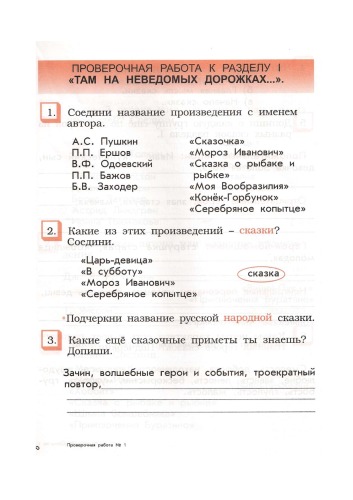- 2 402 202 книги
- Поиск
libcats.org








Flight to Freedom: African Runaways And Maroons in the Americas
Alvin O. ThompsonAfrican slavery in the Americas has left indelible marks on the geographical, political, economic, social and cultural landscapes of the Americas. An important part of that indelibility is marronage that involved both flight from slavery and the establishment of free communities. This book is about the struggles of enslaved Africans in the Americas who achieved freedom through flight and the establishment of Maroon communities in the face of overwhelming military odds on the part of the slaveholders. Incontestably, Maroon communities constituted the first independent polities from European colonial rule in the hemisphere, even if the colonial states did not accord them legal recognition. They had their own independent political, economic and social structures, and occupied definitive land spaces that they often contested with the colonial state and won. This study demonstrates how they utilized the natural landscape and modified it to guard their freedom, and also indicates the dangers that complacency, authoritarianism and militarism posed to that freedom. Thompson reassesses several interpretations that have informed the discourse on marronage. While useful monographs exist on the subject, no study to date has attempted to provide the pan-American scope that is critical to understanding the role of marronage in the struggle of the hemisphere's enslaved population for freedom and dignity. Historians, political scientists, sociologists, ethnographers, linguists, archaeologists and other scholars specializing on the Americas or in comparative studies will find this work useful. The text is written in a way that makes it interesting and useful to students at the secondary and tertiary levels, and to the public at large. An earlier version of this manuscript received the Prizes of Caribbean Thought 2003-2004, Political Thought Category, Government of Quintano Roo, Mexico.
Скачать книгу бесплатно (pdf, 3.91 Mb)
Читать «Flight to Freedom: African Runaways And Maroons in the Americas»
Читать «Flight to Freedom: African Runaways And Maroons in the Americas»
EPUB | FB2 | MOBI | TXT | RTF
* Конвертация файла может нарушить форматирование оригинала. По-возможности скачивайте файл в оригинальном формате.
Популярные книги за неделю:

Проектирование и строительство. Дом, квартира, сад
Автор: Петер Нойферт, Автор: Людвиг Нефф
Размер книги: 20.83 Mb

Система упражнений по развитию способностей человека (Практическое пособие)
Автор: Петров Аркадий НаумовичКатегория: Путь к себе
Размер книги: 818 Kb

Сотворение мира (3-х томник)
Автор: Петров Аркадий НаумовичКатегория: Путь к себе
Размер книги: 817 Kb

Радиолюбительские схемы на ИС типа 555
Автор: Трейстер Р.Категория: Электротехника и связь
Размер книги: 13.64 Mb
Только что пользователи скачали эти книги:

Advances in the Neuroscience of Addiction (Frontiers in Neuroscience)
Автор: Cynthia M. Kuhn, Автор: George F. Koob
Размер книги: 1.98 Mb

Apples Are Square: Thinking Differently About Leadership
Автор: Susan Kuczmarski, Автор: Thomas D. Kuczmarski
Размер книги: 2.19 Mb

Начертательная геометрия
Автор: Монж Г.(G.Monge)Категория: M_Mathematics, MD_Geometry and topology
Размер книги: 3.97 Mb

Проверочные работы к книге для чтения Маленькая дверь в большой мир. 2 класс.
Автор: Бунеева Е.В, Автор: Бунеев Р.Н.Категория: КНИГИ ДЛЯ ДЕТЕЙ
Размер книги: 2.46 Mb



